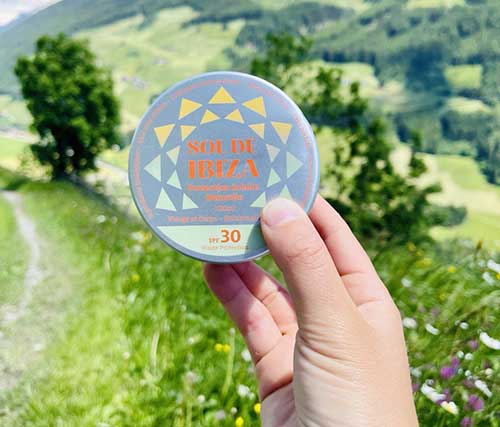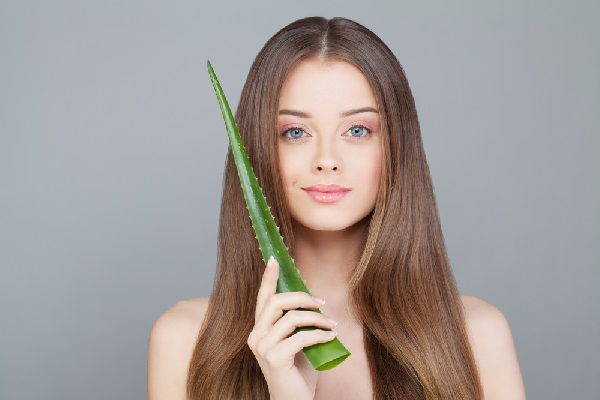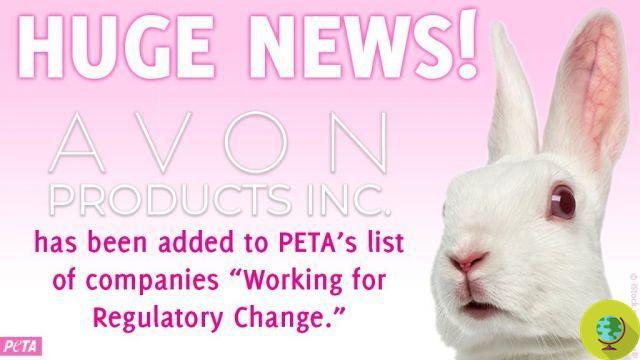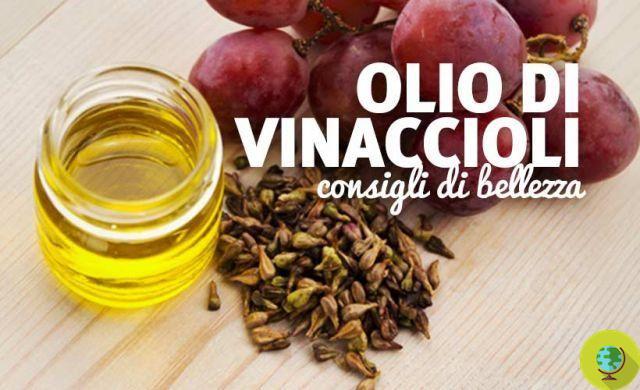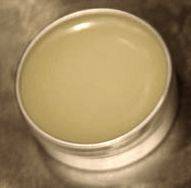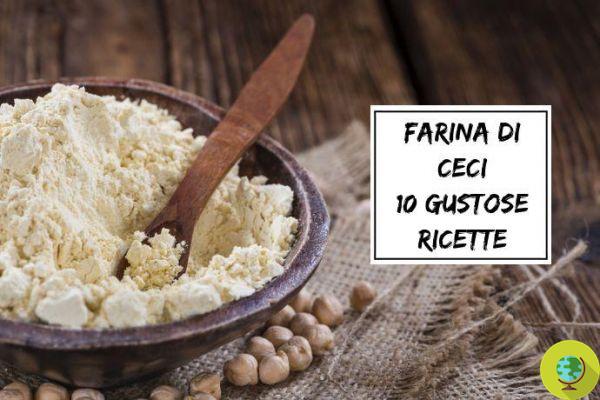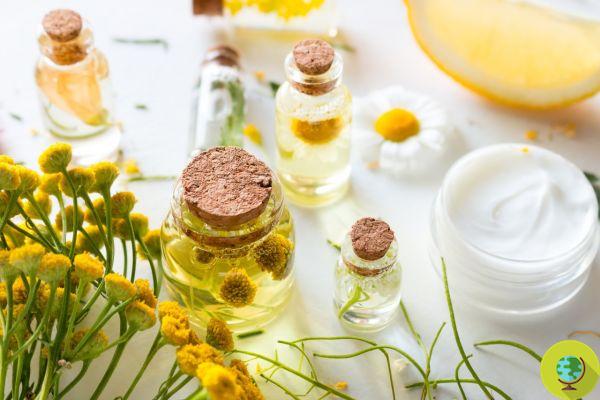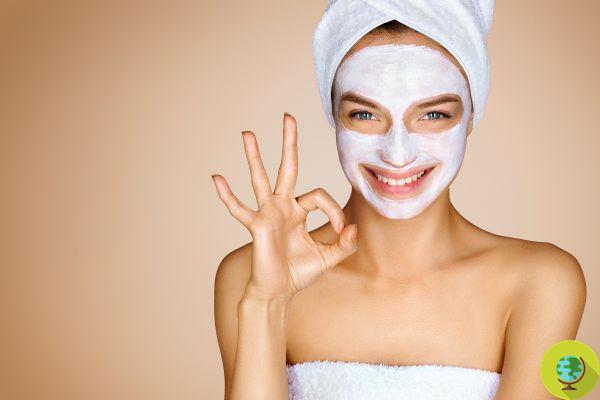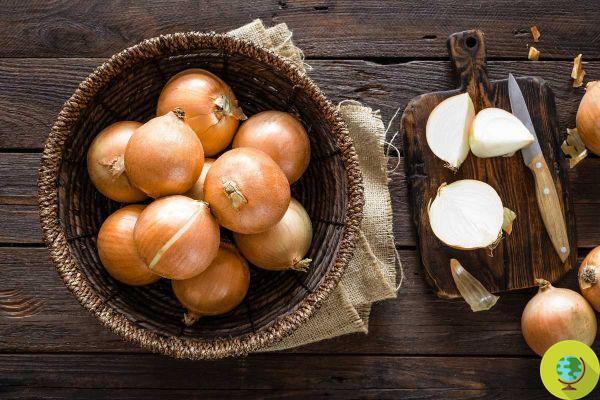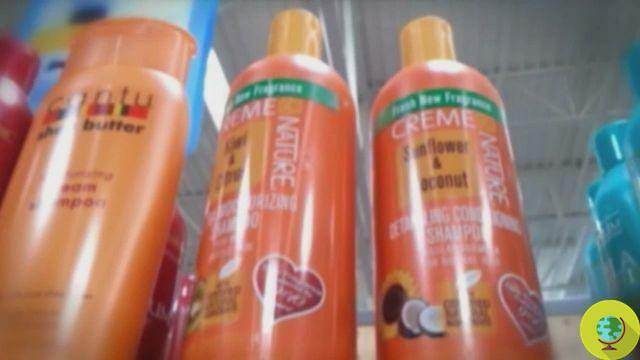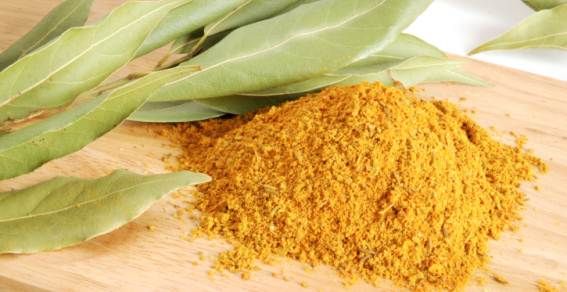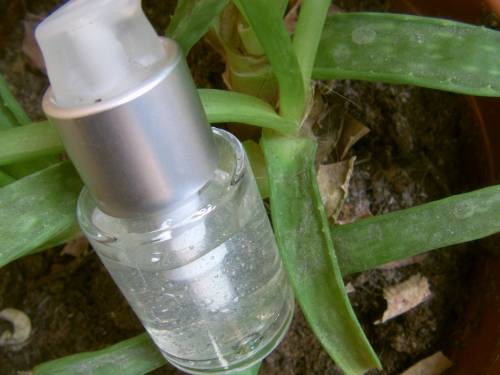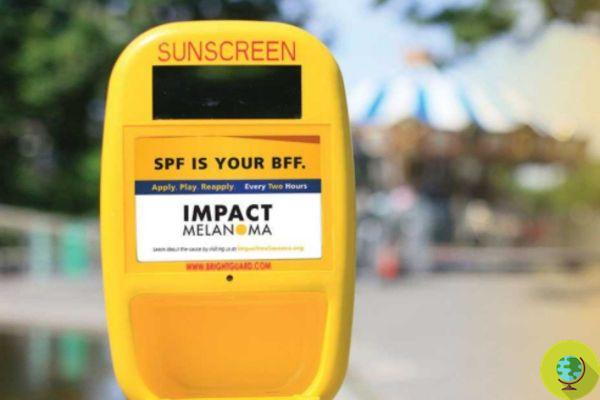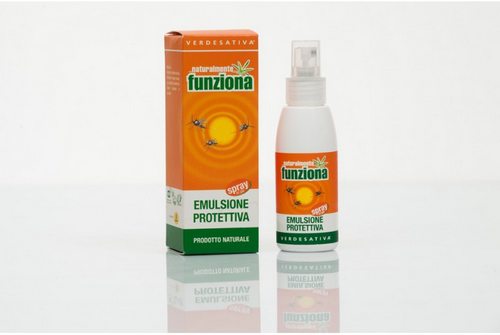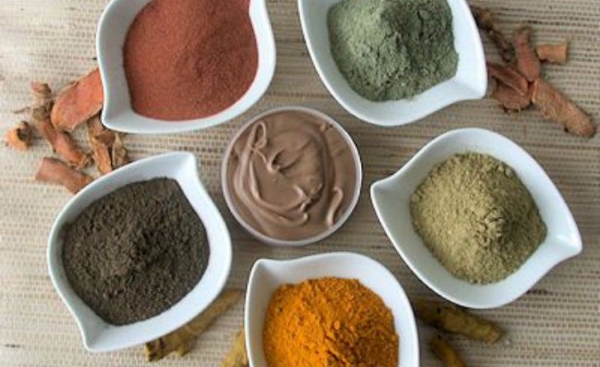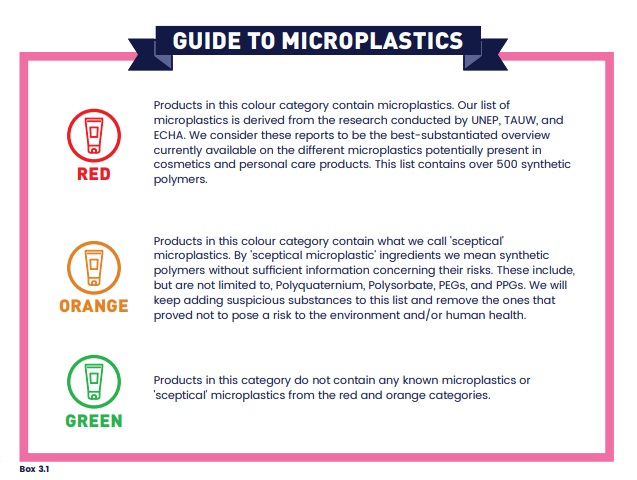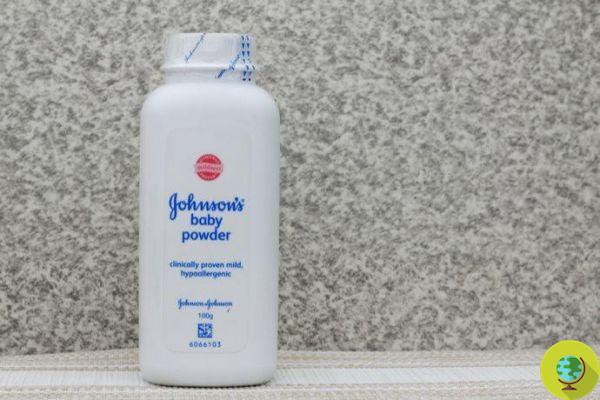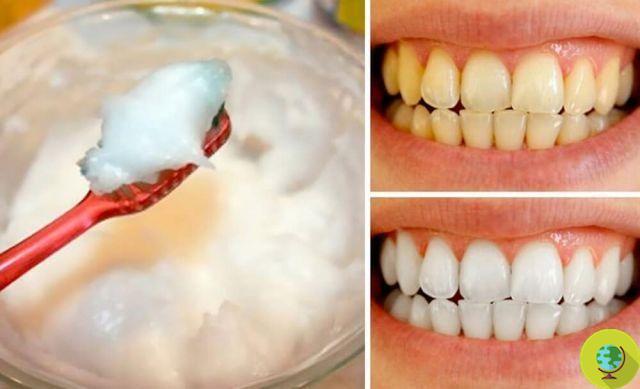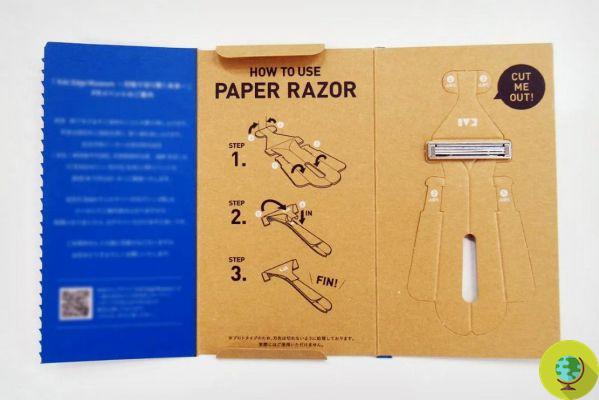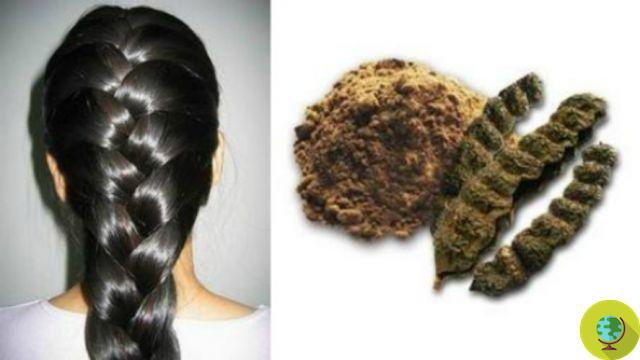What are the toothpastes we commonly use look like? Are they effective, safe and do they really protect against tooth decay? A new and very extensive research reveals the best and worst products based on different parameters.
Don't store avocado like this: it's dangerousHow are the toothpastes that we commonly use? Are they effective, safe and do they really protect against tooth decay? A new and really extensive research (over 400 brands) reveals the best and worst products based on different parameters.
Once again, the German monthly Öko-Test gives us food for thought and useful information. This time they were 400 toothpastes tested, the most commonly used, those with or without fluoride as well as the natural, biological and children's variants.
Index
The test
Branded products, discount toothpastes but also those commonly sold in pharmacies, herbalists and online shops were examined.
Specifically, the following were analyzed:
- 204 generic toothpastes
- 36 toothpastes for sensitive teeth
- 94 whitening toothpastes
- 66 baby or baby toothpastes
The analysis aimed to evaluate different aspects of oral hygiene products:
- if there were controversial ingredients
- if those for sensitive teeth really helped to cope with aches and pains
- if the promised whitening effects were real
- whether children's products adequately protected against tooth decay and provided correct information on fluoride usage
Toothpaste test results
The results made it possible to evaluate how "Very good" or "good" about 1/3 of the toothpastes analyzed. 116 products earned the highest score while 27 had to settle for a "good". No controversial ingredients have been identified in these toothpastes.
It is not the same for another 199 products rated as "poor" or "insufficient". Another 58 toothpastes were finally considered "satisfactory" or "sufficient" as they reported only minor defects.
Among the results certainly stands out what concerns the brand Colgate. Three products (specifically Colgate Total, Colgate Total Plus in paste and Colgate Total Plus Interdental), in fact, have been rated very negatively as they contain the controversial Triclosan, accused of making bacteria more resistant to antibiotics, and sodium lauryl sulfate. The latter, inserted in toothpastes as a foaming agent able to help wash away plaque better, is actually considered an aggressive ingredient that can irritate the mucous membranes. Of course, not only Colgate contains it, but about a quarter of the toothpastes analyzed by the test.
It's not over yet, Colgate toothpastes are also accused of containing soluble plastics especially the PVM / MA copolymer.
However, it seems that Colgate has decided to eliminate at least Triclosan from its toothpastes as soon as possible.
Other non-recommended substances found in 91 toothpastes tested are polyethylene glycols and chemically related substances (PEGs). These can make the mucous membranes more permeable to external agents.
In the following tables you can see some of the best toothpastes and some of the worst. To find out about all the products analyzed and look for the toothpaste you commonly use to see what score it has obtained, click here.
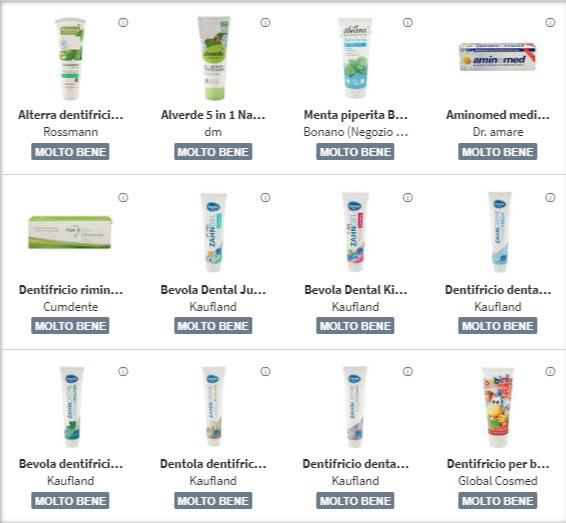
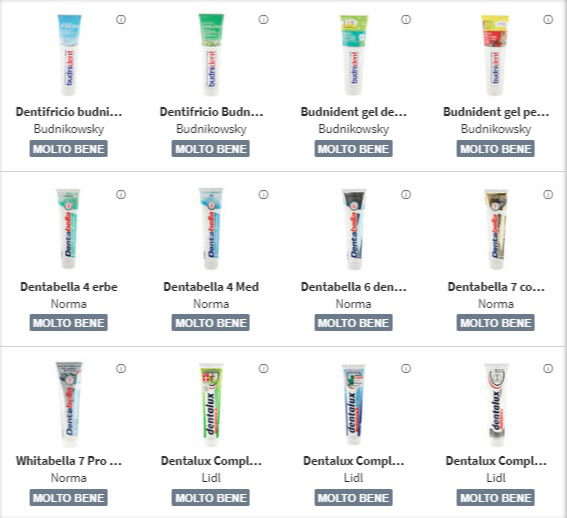
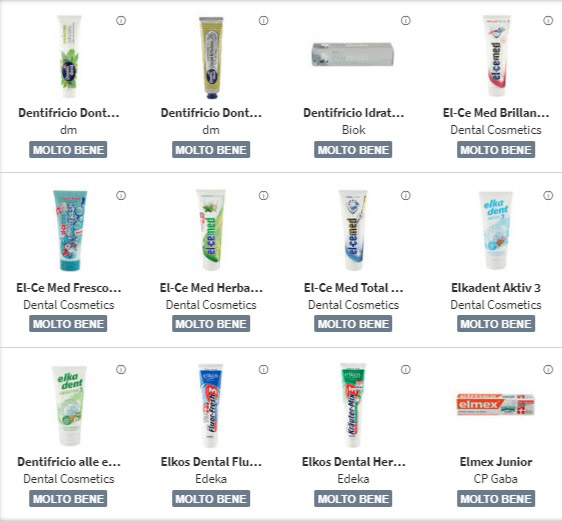
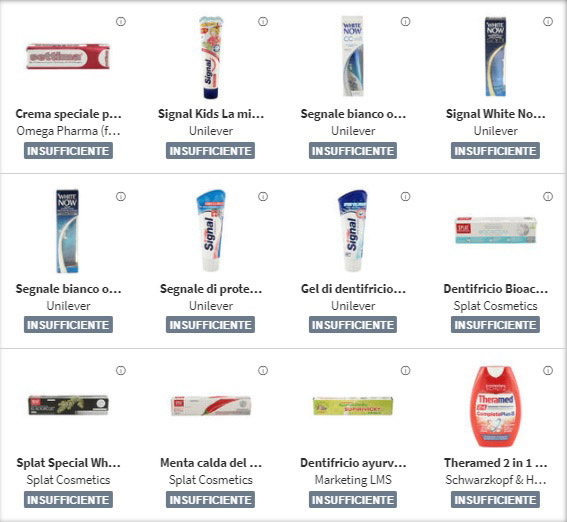
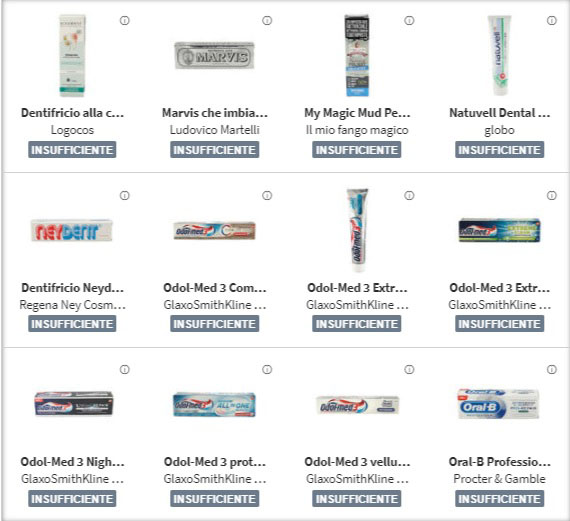
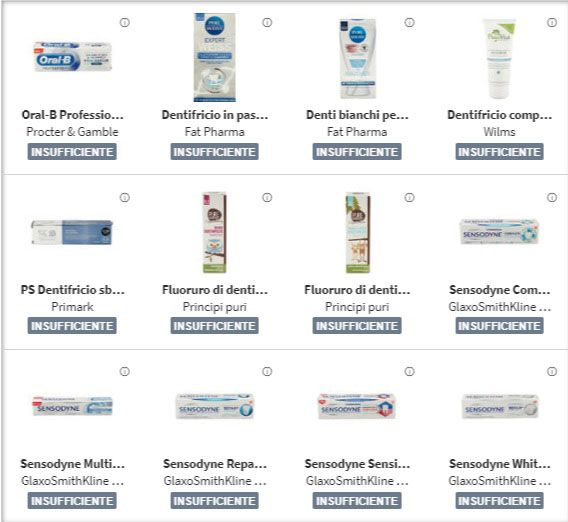
Toothpastes and fluoride
According to the Oko Test analysis carried out on adult toothpastes, those who regularly brush their teeth with a toothpaste that contains fluoride actually have the possibility of preventing the proliferation of caries and this would also be true for products for pediatric use.
German dental guidelines therefore advise adults to use a fluoride toothpaste and this would present no health risks, unlike what other schools of thought claim. Optimal would be a fluoride content of at least 1.000 ppm (one gram per kilogram).
The test turned a blind eye to products with less fluoride, but it was still necessary to have a quantity of at least 500 ppm to get a satisfactory score.
Natural toothpastes do not protect against tooth decay
Among the 400 toothpastes analyzed there are 65 for adults considered natural or organic cosmetics. Some are generic, others specific for sensitive or whitening teeth. Of these, as many as 51 products did not have good ratings in the test, the motivation is more often than not they do not contain fluoride and therefore, according to the German school, they would not offer good protection from caries.
However, there are 13 "green" toothpastes that contain fluoride which have been rated "very good".
Toothpastes for children
The tests show that about half of the analyzed baby toothpastes are very good or good, we are talking about 38 products. Many toothpastes missing But important information about fluoride which, according to experts, should instead be guaranteed to ensure that parents know how to best take care of their children's teeth.
Manufacturers of fluoride-free toothpastes should necessarily indicate that children should take fluoride in other ways (for example in tablet form but only on medical advice). Conversely, fluoride toothpastes for deciduous teeth should be clear about the warning not to give children extra fluoride without medical advice. This is the only way to prevent children from over or under fluoride dosing.
The way the fluoride it should reach the milk teeth it's a bit controversial. While dentists favor fluoride toothpastes for children, pediatricians generally advise against fluoride pastes in the first few years of life because an excess of this substance can later lead to the appearance of white spots on permanent teeth.
Since the risk of so-called fluorosis is particularly high in the first six years of life, there is less fluoride in children's toothpastes than in conventional toothpastes, some even do not contain it.
Returning to the analysis on toothpastes for toddlers, 3 for babies and children were found with levels slightly higher than those indicated by the Federal Office of Consumer Protection and Food Safety (BVL) regarding lead, cadmium and antimony.
Whitening and toothpastes for sensitive teeth
According to the test results, whitening teeth with a toothpaste is not very realistic and the packaging does not report clear information about it. For example, there is no mention of the fact that the result of whitening very much depends on the natural color of the teeth. Additionally, more than half of white toothpastes contain problematic substances such as sodium lauryl sulfate or PEG. Therefore, from the results obtained, only 16 products out of the 94 analyzed are recommended.
Finally, as regards toothpastes for sensitive teeth, recommended for those who feel pain when eating too hot or too cold food due to too low gum collars, these are "very good" or "good" for about half of the products analyzed. These toothpastes may also contain foaming agents such as sodium lauryl sulfate and PEG while, for pain relief, most of the test products use potassium salts, stannous fluoride, hydroxyapatite or arginine. These substances can have a calming effect but their real effectiveness is not guaranteed.
It's not easy to choose a good quality toothpaste with no harmful ingredients, isn't it?
Read also:
- Whitening toothpaste? Not really! Colgate fined by the Antitrust for advertising
- Microgranules in toothpastes: US dentists find them in patients' gums
- DIY toothpaste: 10 cream or powder recipes




